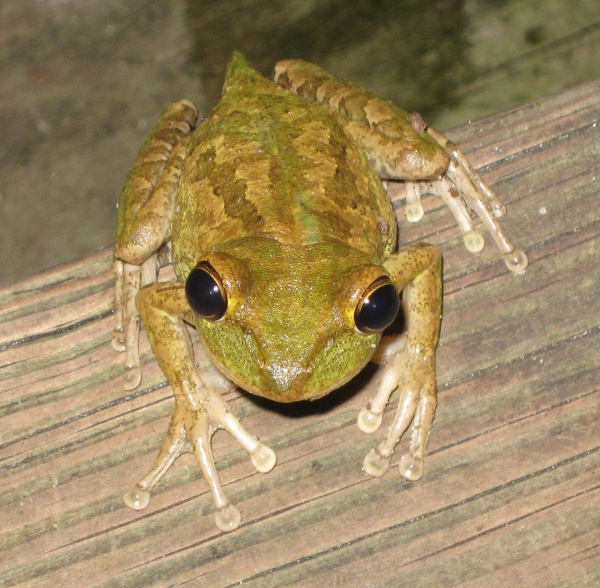Facts About Cuban Treefrog
The Cuban tree frog, originally from Cuba, the Bahamas, and the Cayman Islands, has become an unwelcome invader in various parts of the Americas. These frogs are quite large, measuring between 2 and 5.5 inches, and have a broad diet that even includes native tree frogs. Their tadpoles are aggressive competitors, often outcompeting native tadpoles and affecting their growth and development.
Remarkably, Cuban tree frogs hold the title of the largest tree frogs in North America. They possess rough, warty skin that can change color to blend into their surroundings. One of their unique features is the fused skin on their heads, and they can secrete a toxic mucus as a defense mechanism. These frogs are primarily nocturnal and have a voracious appetite, which occasionally leads them to climb utility poles and cause power outages. They breed throughout the year, with females laying hundreds of eggs at a time.
These frogs have spread to new areas by hitching rides on cargo ships and are now found in locations such as Florida, Puerto Rico, and the Virgin Islands. As invasive predators, they pose a serious threat to native ecosystems by preying on local species and outcompeting them for resources.
Although Cuban tree frogs are available in the pet trade, they are not ideal pets. They can be cannibalistic, and their toxic mucus can be harmful. In places like Hawaii, selling these frogs is illegal, and importing them can result in hefty fines. Experts advise controlling their populations in new habitats to protect native wildlife and maintain biodiversity.
